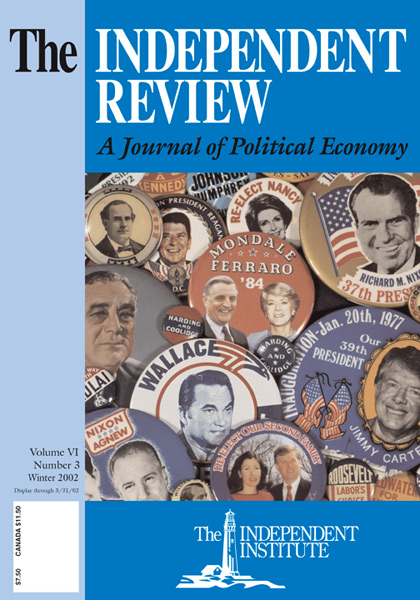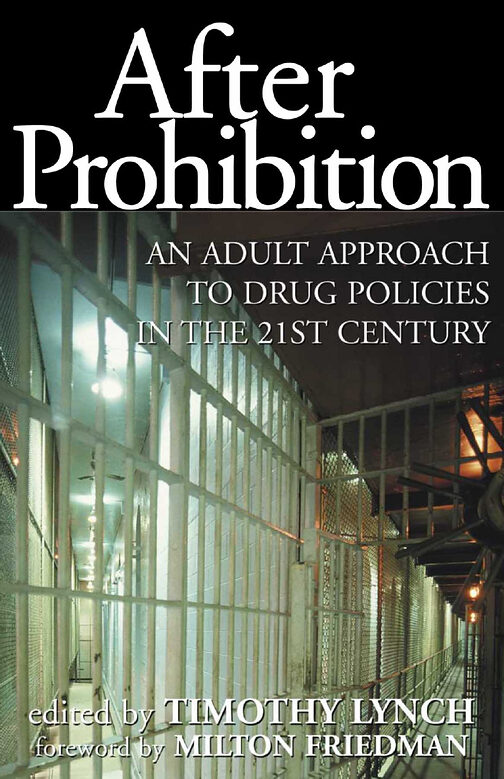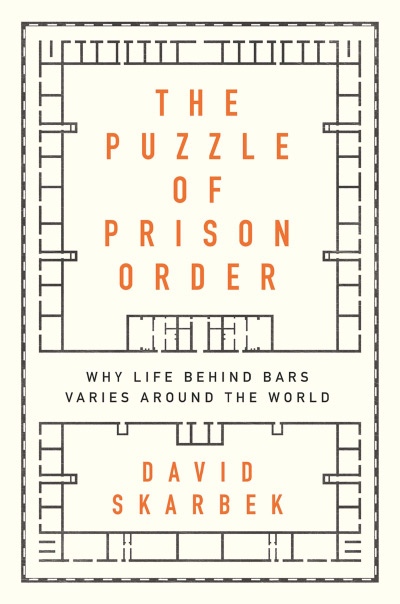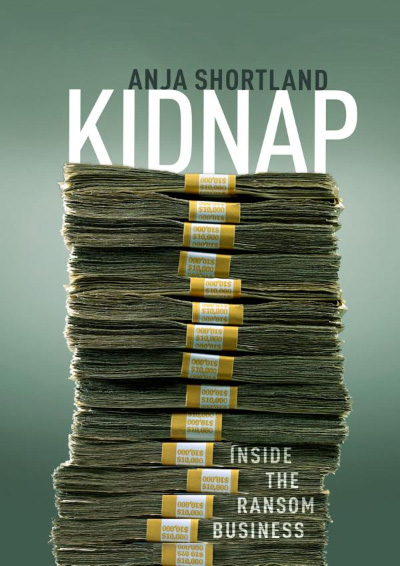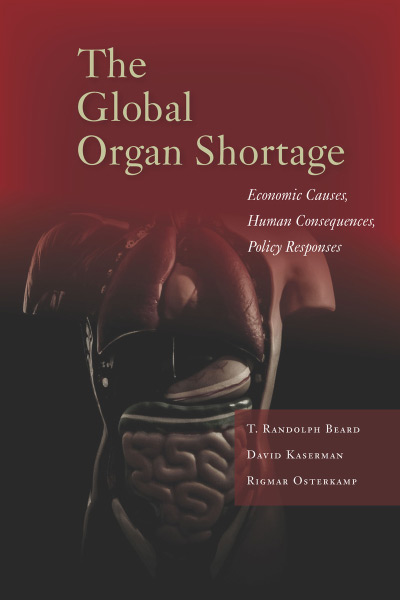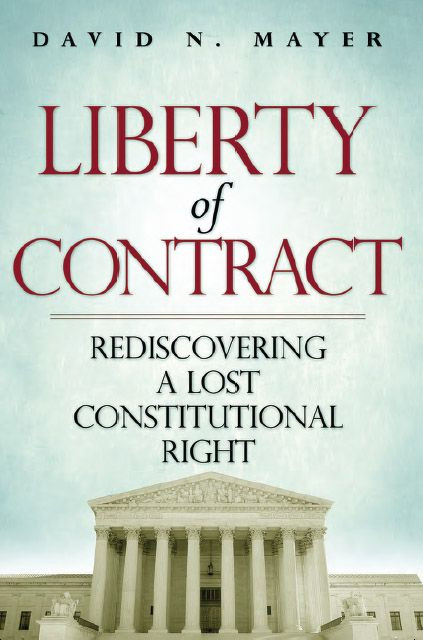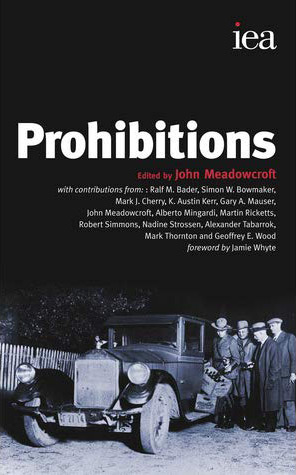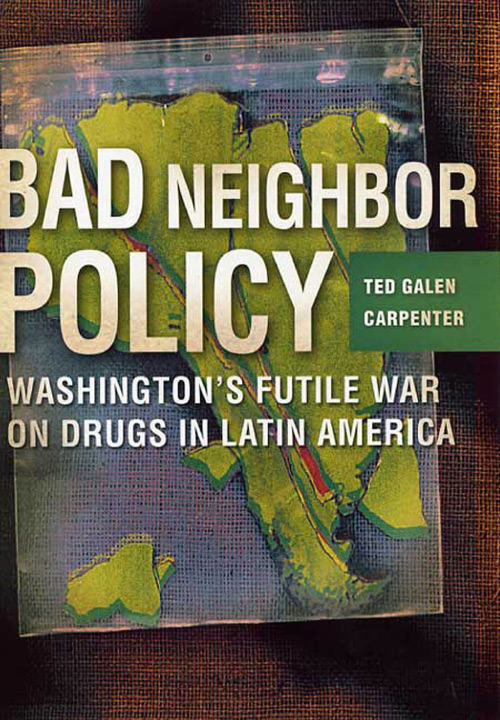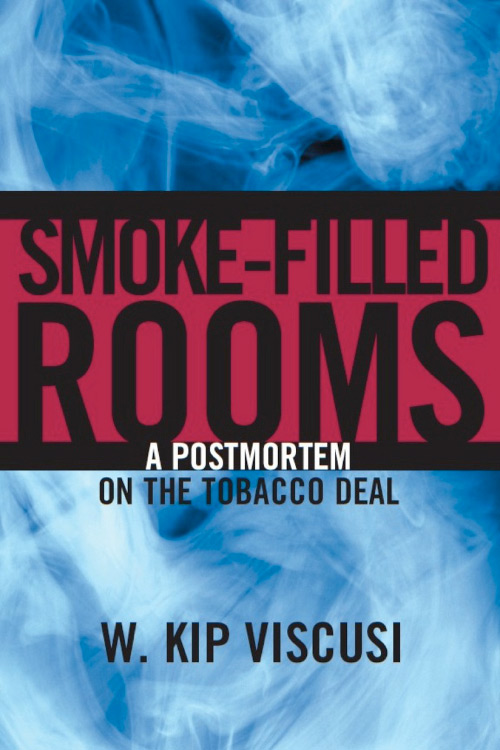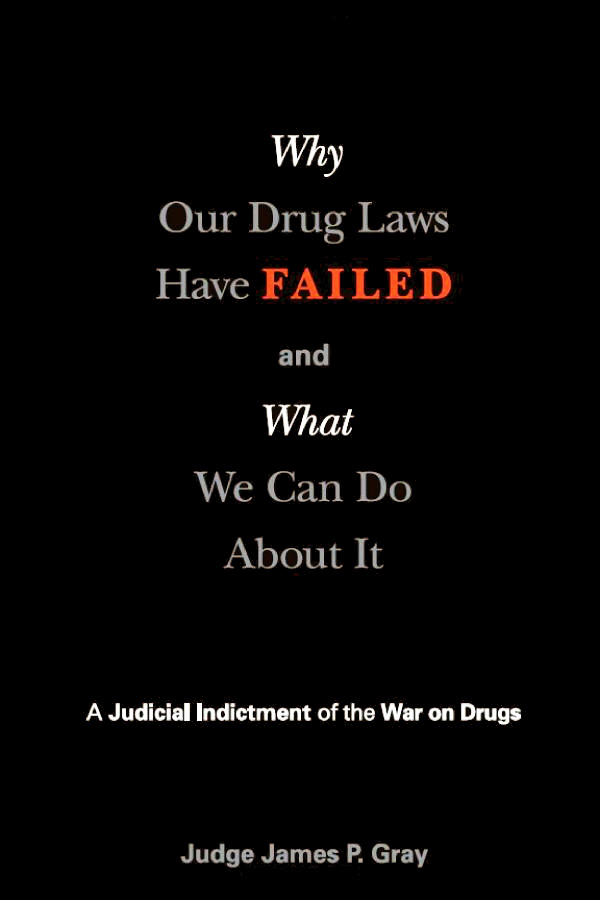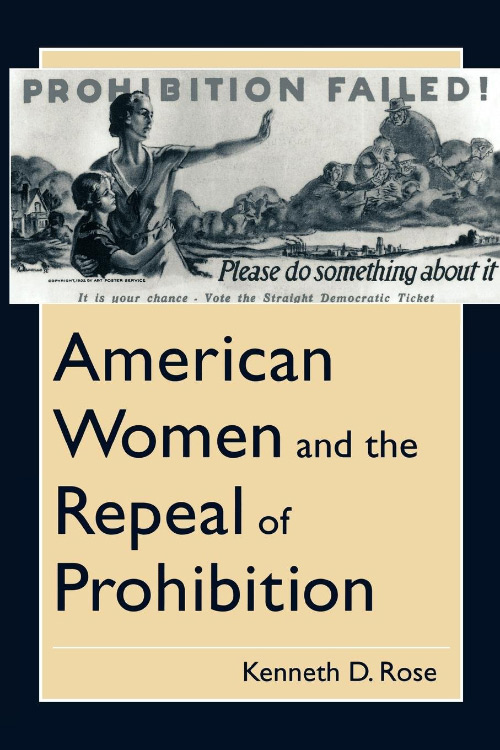After Prohibition is a disappointing book on at least two accounts. First, because it contains nothing new in terms of research and science, it will probably not inform drug-policy specialists, and even the nonspecialist will not be enlightened to a significant degree. The book reports that the war on drugs has failed, that the Constitution is dead, and that a military-style police state is taking over the country, and it trots out convincing evidence in support of those claims.
Second, the book’s title is misleading. Very little of the book deals with what happens after prohibition. The various authors bring up the issue of what happens to the quantity of drugs consumed, but only in a superficial way, and they reach no conclusions. The book focuses not on the future, but on issues related to the escalation of the U.S. government’s war on drugs over the last twenty-five years.
The subtitle, “An Adult Approach to Drug Policies in the 21st Century,” is likewise misleading. Although some new approaches to prohibition are introduced, nowhere in the book is an approach to future drug policies developed in any detail. The “adult approach” might refer to the necessity of maintaining prohibition for minors, a position held throughout the book. This position gives the reader the mistaken impression that although drug prohibition for adults has been a massive and tragic failure, drug prohibition for minors would be perfectly acceptable and successful.
The book is based on a Cato Institute conference of the same title and contains twelve essays by Cato employees, academics, drug-policy experts, and government officials, as well as a foreword by Milton Friedman. The central figure of the conference and the book is the Republican governor of New Mexico, Gary Johnson, who has been a vocal critic of current drug policy.
The book presents a critique of drug policy that is accessible to a wide audience. The essays are informative and emotive, peppered with references to the popular press and to law reviews. They tell a variety of horror stories about the drug war. I found the section on the Constitution—containing articles by Roger Pilon, Steven Duke, and David Kopel—to be the strongest. Readers with a sense of justice and reverence for the Constitution will be disgusted by the convincing evidence of the existence of a Nazi-like police state in America, complete with tactics borrowed from Senator McCarthy and FBI Director Hoover.
The essays by Timothy Lynch and Ted Galen Carpenter are well done and provide a good overview of the failure of drug prohibition. The book’s case against the war on drugs is further bolstered by three essays from the perspective of law enforcement officials who decry some aspects of current drug policy.
The last section of the book presents two lawyers debating on drug legalization. Although I can imagine that it was great fun to see them badgering one another at the conference, the debate serves only to highlight the fact that the book offers no well-developed policy for “postprohibition policy,” and it nearly destroys the value of the book as a propaganda tool for legalization advocates.
Daniel Polsby was “hired to uphold the libertarian side of the argument” despite his view that “libertarian arguments might cut in opposite directions in connection with the legalization question” (p. 171). He finds that “Beyond question, risks [of legalization] can be assigned a negative present value and considered as constituting a present externality” (p. 172). He explains all of the government interventions that might be necessary, including those for a person who simply wants “to take refuge from his own weaknesses by jiggering the environment in order to minimize temptation” (p. 173). Polsby concludes that the “libertarian’s theoretical case for legalizing drugs seems to me quite inconclusive” (p. 173) and that the “better argument is one of prudence rather than one of principle” (p. 174).
Polsby adheres to the Chicago school doctrine according to which government policy should be conducted so as to minimize the combined social costs of bad behavior and law enforcement. He mentions the enforcement budget, explains some of the “unintended” consequences of the drug war, and characterizes the costs as high, without reaching an explicit conclusion. He does claim that “it” should now be obvious to everyone, but if “it” refers to the need to replace prohibition with legalization, then he has obviously not made his point. He has already admitted that the social costs of drug use and bad behavior will worsen with legalization and that enforcement budgets are in range of only a few tens of billions of dollars. If prohibition produces some benefits that society values highly, then Polsby’s own points indicate that prohibition might be a highly valuable policy.
It is also unfair to expect everyone to understand all the unintended or indirect consequences of the drug war. Polsby has been well published and much praised for his identification of such consequences of government policies, but even he missed the causal connection between the drug war and the crack-cocaine epidemic, a connection that is now accepted by drug-policy experts and by those familiar with the market for illegal drugs. He states, “The war on drugs cannot plausibly be blamed for the development of the crack cocaine trade, but more or less coincident with the arrival of crack in the marketplace, the federal government’s investment in the war on drugs nearly sextupled in a matter of only a dozen years” (p. 175). Scientifically speaking, however, nothing of any significance happens by mere coincidence in the free market or in the black market, and the advent of crack cocaine can be attributed only to the expansion of the government’s war on drugs.
Not surprisingly, Daniel Lungren attacks the notion of social cost. “I always worry when people talk about social cost. I talk about human beings, flesh and blood human beings” (p. 179). I myself have never been a vigorous critic of the notion of social cost because it can play a useful role in instruction or in the framing of hypotheses, but we must remember that it does not have a sound scientific basis and certainly cannot be incorporated into the implementation of sound public policy, as Lungren’s comments make clear.
Lungren simply makes the case that prohibition produces highly valuable benefits and that the “social cost” of legalization would worsen a laundry list of social problems such as homelessness and child abuse that governments are largely unable to solve or even to ameliorate. Lungren’s arguments are far from convincing to me, but they are good enough in principle to establish a stalemate and thus win the debate for the prohibitionists.
If we are ever to get beyond prohibition, the argument must extend beyond the issue of social cost because people rarely stake their political positions on nebulous weighings of social cost. We must first ask if there are any social benefits attributable solely to prohibition? If no such benefits exist, then the prohibitionists lose the entire foundation of their argument.
Drug-policy reformers must also recognize that most people are prohibitionists by default because they have no experience with legalized drugs. You cannot convince many of these people simply by arguing that the government’s drug war has failed miserably if your only alternative is a whole new set of government programs to protect citizens against the coming surge of legalized drugs. Therefore, we have to determine how a free society would find the means to control drug abuse and to deal with the problems of drug use. If the process of entrepreneurial discovery of such means can be described, then the opponents of prohibition will have established a viable alternative policy.
In my essay “Perfect Drug Legalization” (in How to Legalize Drugs, edited by Jefferson M. Fish, pp. 638–60 [Northvale, N.J.: Jason Aronson, 1998]), I have attempted to sketch this entrepreneurial scenario for those interested in alternative drug policies, showing how economic science can be applied to such issues. I demonstrate to the advocates of drug legalization that they cannot “soft sell” their case with promises of government-protection guarantees but must instead adhere to the principle of economic freedom as the only path to prudent reform.
| Other Independent Review articles by Mark Thornton | ||
| Spring 2014 | Smuggler Nation: How Illicit Trade Made America | |
| Spring 2013 | American Nightmare: How Government Undermines the Dream of Homeownership | |
| Summer 2010 | Modernizing a Slave Economy: The Economic Vision of the Confederate Nation | |
| [View All (7)] | ||

